Hey there, are you curious about the meaning behind the name “Montana”?
Well, my friend, you’ve come to the right place. I’ll guide you on a journey to uncover the fascinating origins of Montana’s name, and you’ll be amazed at the tales that unfold.
Picture this: a vast landscape, where rocky mountains dominate the horizon and snow-clogged passes test the mettle of even the bravest traveler.
It was in this awe-inspiring setting that Montana got its name, derived from the Spanish word for “mountain.”
Montana, once part of the enormous Louisiana Territory, was initially home to various Native populations.
As the western portion of the Dakota Territory, Montana’s mountainous region became a separate territory in 1864. But there’s more to this story than meets the eye.
- Related article: Montana’s Settlement
So, my fellow adventurer, join me on this quest to unravel the origins of Montana’s name.
Together, we’ll dive into the history, culture, and natural wonders that make Montana a treasure trove of stories waiting to be discovered.
Where Did the Name “Montana” Originate?
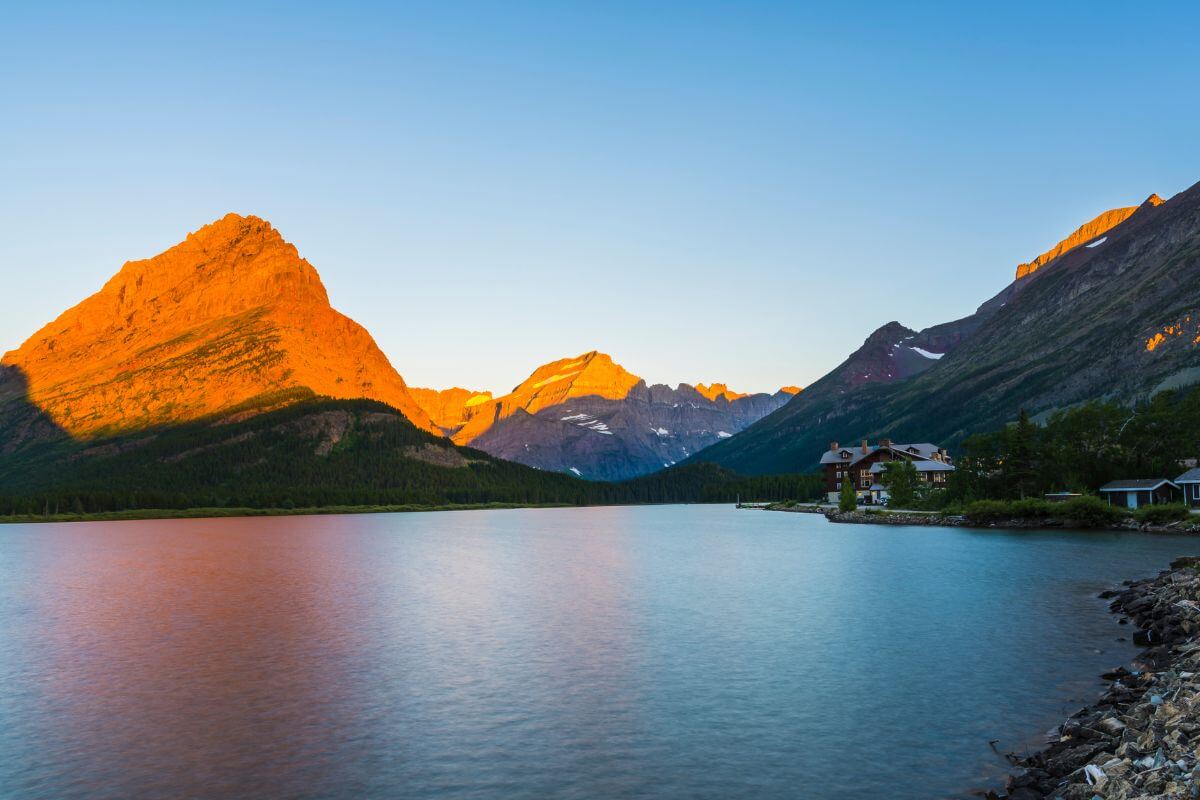
Where did the name “Montana” originate, you ask?
The origins of Montana’s name can be traced back to the Spanish term “Montaña Relucientes,” which means “shining mountains.”
It’s a poetic translation of what the Native Americans called the majestic Rocky Mountains. And oh, how fitting it is! Montana’s geography is a testament to its name.
With its mountainous terrain, picturesque mountain ranges, and snow-capped peaks, this state is an absolute paradise for those who crave adventure amidst beautiful mountains.
But it’s not just all mountains and valleys. Montana also boasts high barren plains, wooded forests, and a diverse landscape that never ceases to amaze.
But let’s travel back in time, shall we?
On May 26, 1864, the Montana territory was established, emerging from the Idaho Territory like a phoenix rising from the ashes.
It became a separate entity, with its own unique identity and untamed beauty. From that day forward, Montana stood proud, its name forever tied to the ruggedness and splendor of its mountainous region.
So there you have it. Montana’s name, rooted in Spanish origin, is a testament to its breathtaking mountains and the sheer beauty that this state holds.
From the Rocky Mountains to the high barren plains, Montana will forever be synonymous with the allure of its stunning landscapes.
European Exploration and Settlement
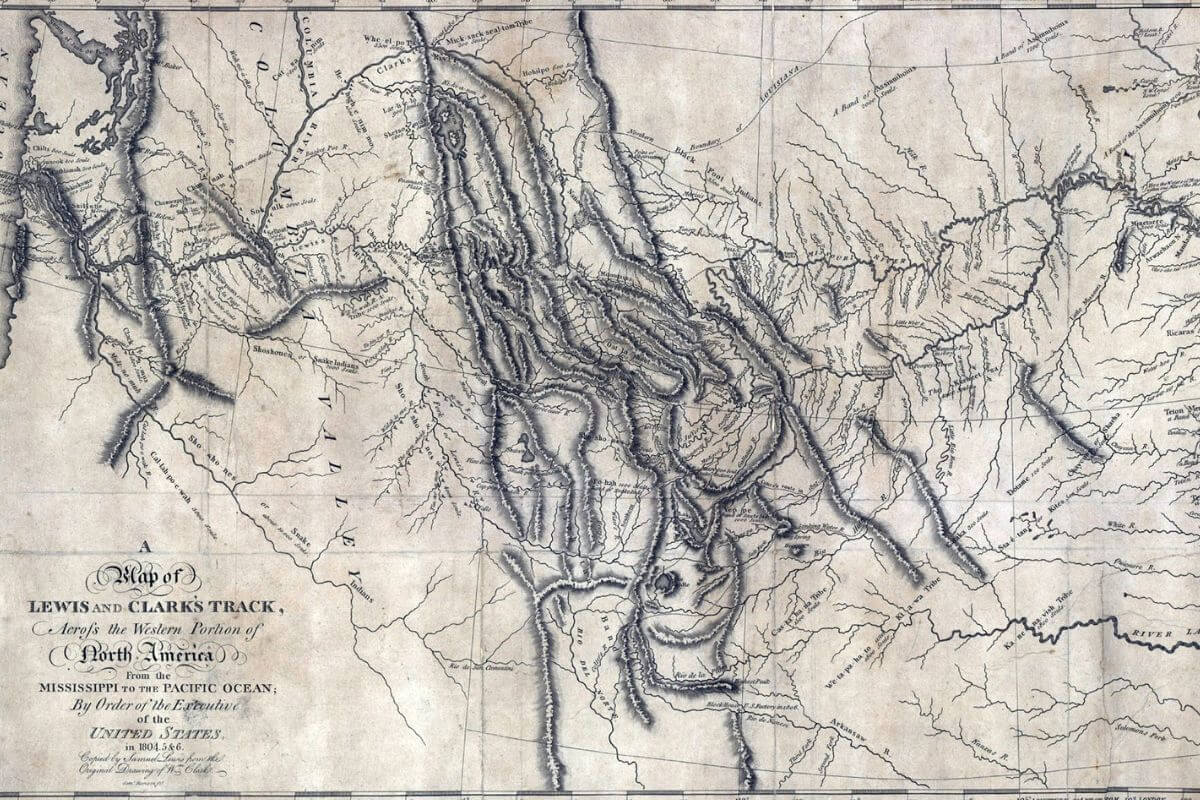
Montana is a land shaped by the daring spirit of European exploration and settlement.
It was in 1804 that the Lewis and Clark Expedition ventured forth from St. Louis, their eyes brimming with curiosity and their hearts ablaze with the promise of new horizons.
Through towering mountains and endless plains, they explored the uncharted lands, leaving a lasting mark on Montana’s history.
But they weren’t the only ones drawn to this majestic land.
Fur trappers and traders soon followed suit in 1807 when Manuel Lisa began Montana’s fur trade era by constructing a fort at the confluence of the Yellowstone and Big Horn rivers.
The fur trade flourished so much in Montana that it forever altered the lives of the Native American tribes who called Montana their home.
However, it gradually introduced tragic elements to this otherwise wild frontier.
Disease spread like wildfire, decimating Native American populations. The majestic bison endured a perilous decline, threatening the very fabric of the indigenous way of life.
Echoes of these disruptions still resonate with the land where the fur trade reigned as the lifeblood of Montana’s early economy.
The 1830s brought yet another wave of change with the arrival of Catholic missionaries, becoming beacons of light in the vastness of Montana.
These devoted individuals sought to convert the Native Americans to Christianity and enlighten them about European culture.
However, their efforts were not without resistance. The Native Americans, understandably, harbored reservations and their embrace of the missions was mixed at best.
This interplay between cultures shaped Montana’s destiny, leaving behind indelible marks that are still visible today.
European exploration and settlement in Montana were not simply a journey of discovery and conquest, but a testament to the resilience and determination of those who sought to tame the wild.
They braved the unknown, leaving behind a legacy that still echoes through the mountains and valleys of Montana today.
Montana Territory Creation
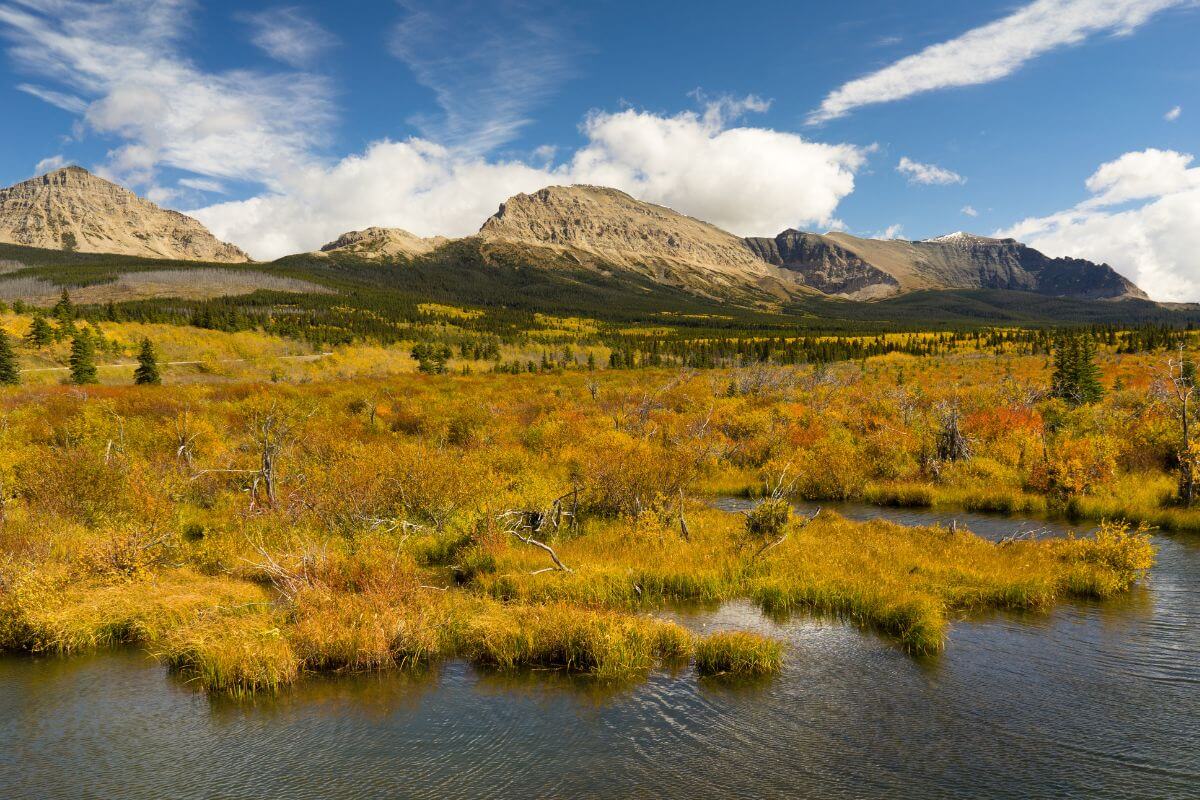
Montana, this land of endless possibilities, was not always a unified entity.
The eastern and western regions of Montana were once separated, each with its own unique characteristics and challenges.
But, my friend, it was the relentless advance of the mining frontier that brought these two halves together, joining them in one political unit.
In the year 1863, the creation of the Idaho Territory marked a pivotal moment.
This vast expanse included all of present-day Idaho and Montana, resulting in eastern and western Montana finding themselves within a common boundary for the very first time.
The rugged landscapes and geographic challenges that had once kept them apart were now bridged, intertwined in a shared destiny.
The winds of change swept across the vast, untamed lands of the American West on May 26, 1864, when President Abraham Lincoln affixed his signature to the Organic Act, breathing life into the newly formed Montana Territory.
This pivotal moment in history was a response to the influx of eager settlers drawn to the region by the tantalizing allure of the Montana gold rush.
- Learn more about Montana’s Gold Rush History
With the stroke of a pen, a formal governing structure was established, providing much-needed order and stability in this frontier wilderness.
Amidst the hustle and bustle of Montana’s formative years, Sidney Edgerton assumed the role of the first territorial governor, guiding Montana’s destiny from 1864 to 1865.
His leadership would lay the foundation for the transformative years that followed.
As settlers streamed into the territory, the capital was initially set in Bannack, where dreams of wealth echoed through the air.
It was there that the dreams of fortune intertwined with the aspirations of a budding civilization.
However, as the population swelled and the needs of the growing community evolved, the capital was eventually relocated to the vibrant town of Virginia City.
But Montana was not an empty canvas awaiting the strokes of settlers alone.
Native American tribes, such as the Crow, Cheyenne, Blackfeet, and Kalispell, called Montana home long before the arrival of European settlers.
Their stories and traditions were interwoven with the fabric of Montana, adding depth and richness to its evolving identity.
Yet, this land of promise was not without its challenges. Conflicts with Native American tribes tested the resolve of both settlers and the indigenous people who called this land home.
Struggles over land and resources ignited debates and shaped the destiny of the region. Law enforcement and infrastructure development became pressing needs as civilization forged ahead in this wild frontier.
Nevertheless, the creation of the Montana Territory played a pivotal role in Montana’s future as a state. Today, Montana stands as a testament to its rich history and the indomitable spirit of its people.
Montana the 41st State
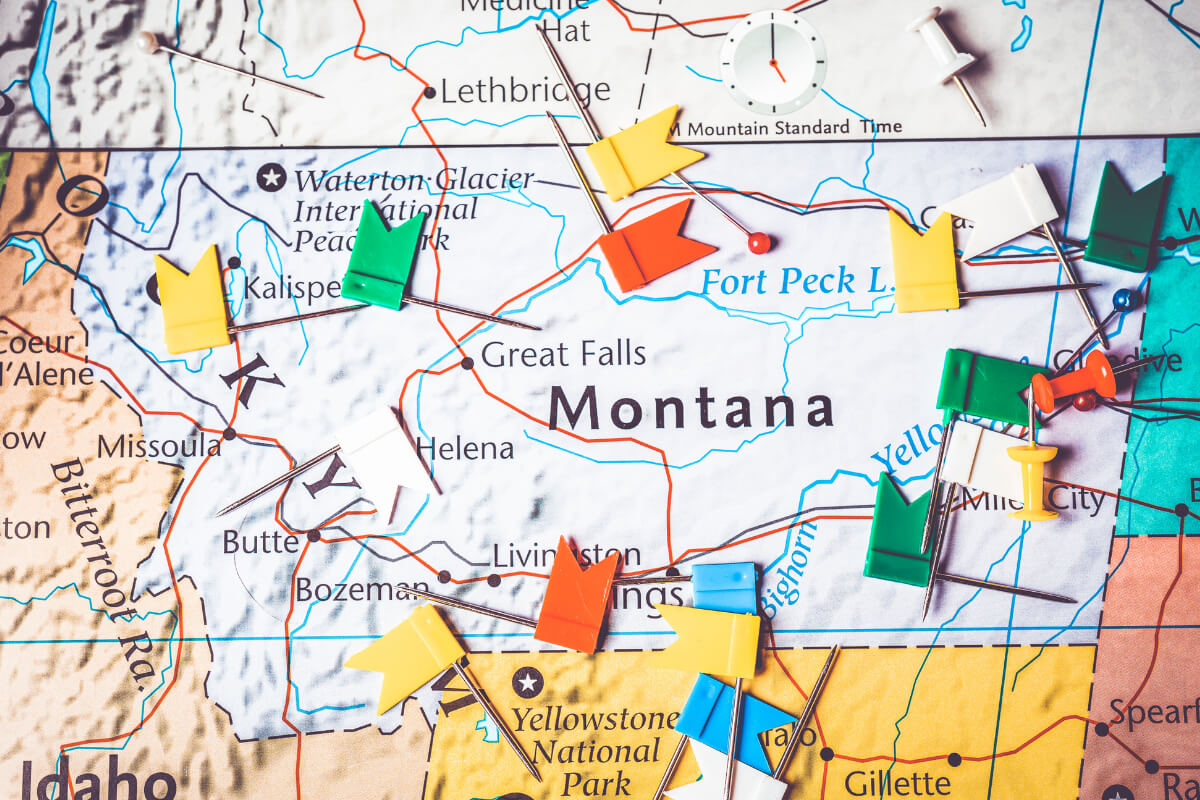
In the midst of a rapidly expanding nation, Montana rose to claim its rightful place.
The Montana Territory remained a territory for 25 years until it was admitted to the Union as the 41st state on November 8, 1889.
But this triumph did not come easily. Oh no, it was born from the frustrations and demands of a territory that had long yearned for statehood.
For years, Montana had grappled with the challenges of governing vast expanses of land, with a population constantly shifting and seeking new opportunities.
The pressures of managing the territory’s growth became overwhelming.
And then, the mining boom came. Like a bolt from the blue, it ignited a frenzy of activity within Montana’s borders.
Settlers flocked to the mountains, lured by the promise of gold and riches. Towns sprang up, transforming the rugged landscapes into bustling centers of commerce and civilization.
The population swelled, and the demands for statehood grew stronger.
By 1870, Montana territory’s population had soared to approximately 20,595 inhabitants, a testament to the allure of opportunity that beckoned from Montana’s fertile soils and majestic mountains.
It was during this time of great change and transformation that Montana held its state elections.
Joseph K. Toole emerged as the chosen one, the first governor of the newly minted Montana state.
His leadership would guide Montana through the challenges and triumphs that lay ahead.
As I reflect on Montana’s journey to statehood, I can’t help but marvel at the perseverance and spirit of its people.
They overcame the frustrations of a territory longing for stability and the demands of a mining boom that reshaped their landscape.
Montana, the 41st state, stands as a testament to the indomitable human spirit and the pursuit of a better future.
Unraveling the Origins of Montana’s Name Final Thoughts
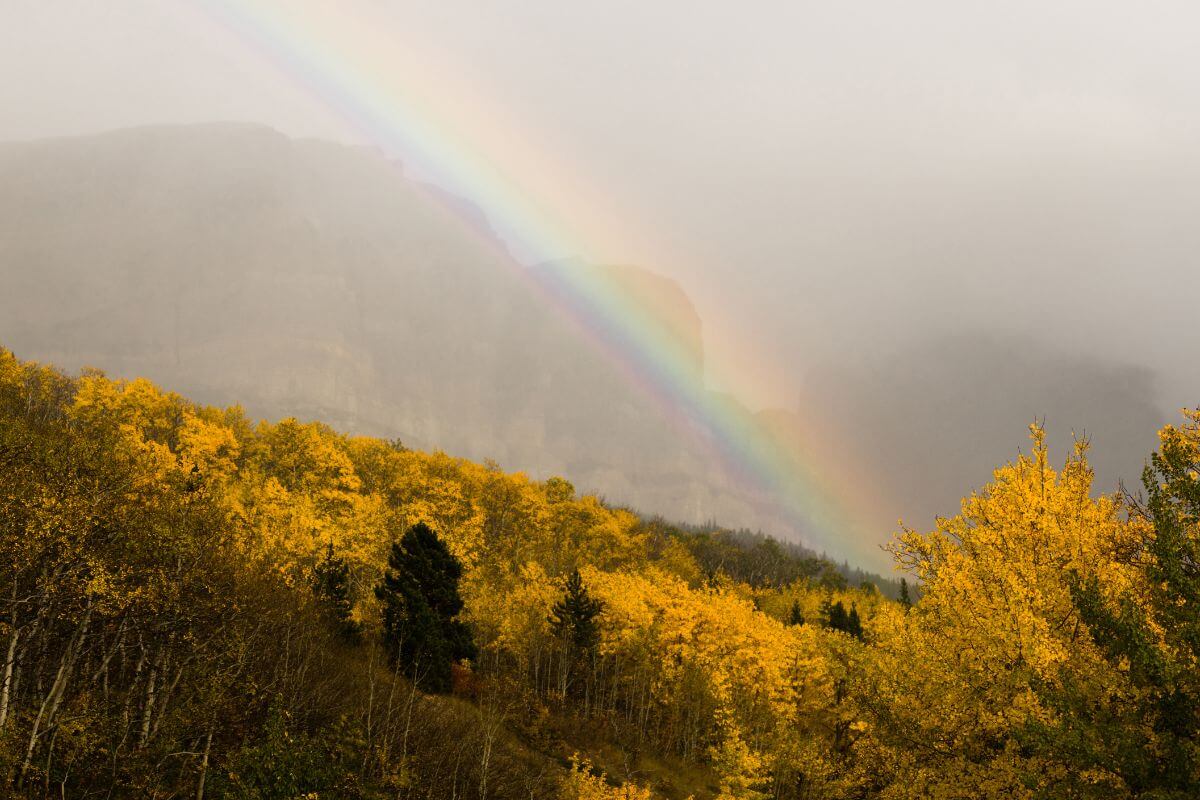
Pondering on the remarkable journey of Montana, I can’t help but marvel at the significance of its name.
Montana is a name that encapsulates the spirit of exploration and settlement in the vast expanse of the Western mountains.
A name that carries the weight of a territory seeking statehood and the dreams of its residents.
From the days of the Montana Territory, with its rocky mountains and endless snow-clogged passes, to the time of frustration and demand for statehood, the road to Montana’s triumph was not an easy one.
The population shifted and sought new opportunities, the pressures of governance weighed heavily on the shoulders of its leaders. But then, the mining boom came and everything changed.
Like a wave crashing onto the shores, the promise of gold and riches lured settlers to the Montana mountains.
Towns sprang up, and the once rugged landscapes transformed into bustling centers of commerce. Montana’s population swelled, and with it, the demands for statehood grew stronger.
And so, in the midst of this transformative time, Montana held its state elections. Joseph K. Toole emerged as the chosen one, the first governor of the newly minted state.
His leadership would guide Montana through the challenges and triumphs that lay ahead.
Montana is a name rooted in the history and dreams of its people. A name that signifies resilience, growth, and the relentless pursuit of a brighter future.
So, my fellow wanderer, as you traverse the captivating state of Montana, take a moment to stand in awe of the majestic mountains that have witnessed the passage of time, the ebb, and flow of population shifts, and the ceaseless quest for prosperity in this remarkable land we call Montana.
Unraveling the Origins of Montana’s Name FAQs
1. What Does “Montana” Mean?
From the majestic Rocky Mountains to the awe-inspiring Glacier National Park, Montana’s geography embodies the very spirit of its name which means “mountain” in Spanish.
The name “Montana” perfectly captures the essence of this breathtaking landscape that unfolds before your eyes.
2. When Was Montana Called Montana?
The Montana Territory emerged on May 26, 1864, as a result of separating from the existing Idaho Territory.
The allure of gold and the pioneering spirit of those seeking fortune in the majestic mountains and streams led to the birth of Montana.
3. What Is Montana’s Nickname?
Montana, aptly known as the Treasure State, is a haven of natural wealth and beauty.
Its abundant mineral resources, from gold to coal, have shaped its identity and contributed to its economic growth.
Dive deeper into the fascinating state of Montana by giving these other articles a read:

